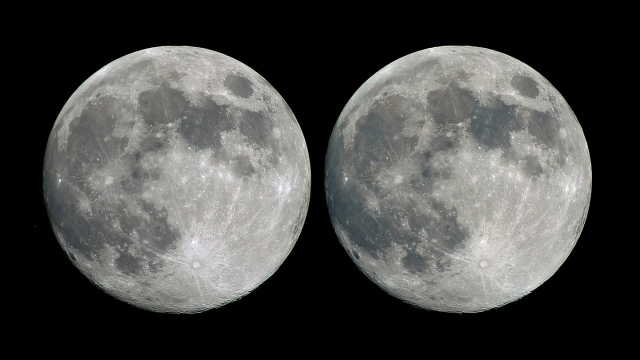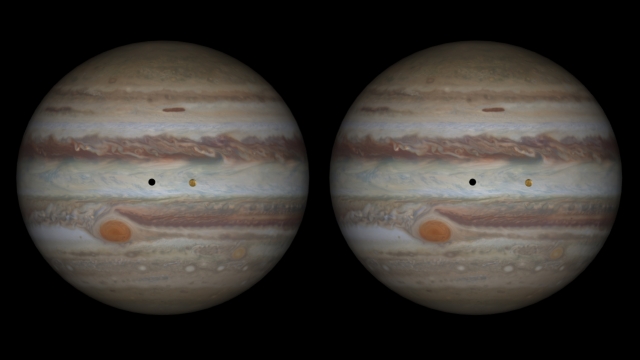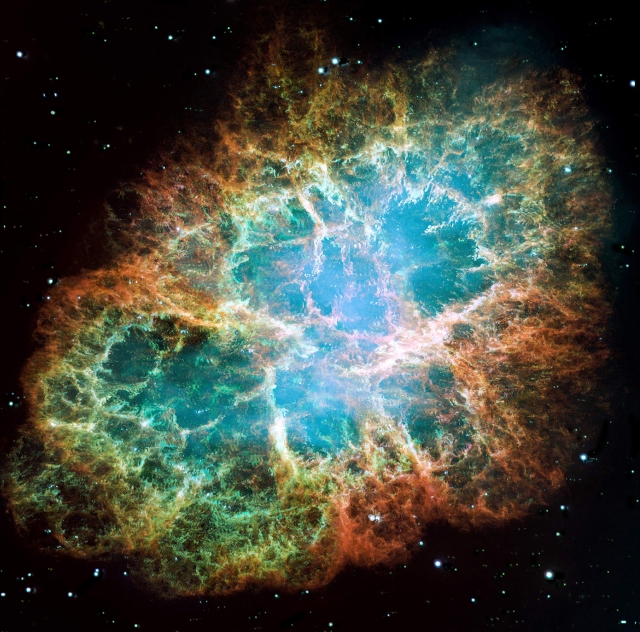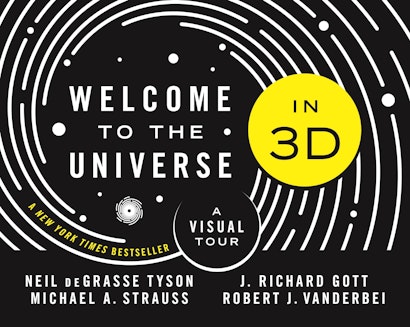The universe is huge. If we could travel at the speed of light (and we can’t) it would take us only about a second to reach the Moon. At the same speed, it would take about 8 minutes to travel to the Sun, but we probably wouldn’t want to go to such a hot place. Instead, let’s imagine heading out to Jupiter, a journey that would take approximately 40 minutes from here on Earth. Perhaps we could explore some of the fascinating, possibly habitable moons. The options are limitless, and these adventures are just a start.
A bit further afield, we could visit nearby stars and see if they harbor habitable planets. Unfortunately, even traveling at the speed of light, such a mission would take us about 4 years. There are a few hundred billion stars in our Milky Way galaxy, and even traveling among them is a relatively small step in this journey. The physical size of our galaxy is roughly 100,000 light years in diameter. That means it would take us about 100,000 years to travel at the speed of light from here on Earth to, say, some of the most distant stars in our Milky Way galaxy. Daunting, but, again, still just a beginning.
Our galaxy is just one of many galaxies in our visible universe, which is estimated to consist of a few hundred billion galaxies. And, in terms of size, the visible universe is currently about 46 billion light years.
Sadly, we can’t visit most of these very interesting places, as they are simply too far away. But we can look at them with telescopes. We can see planets, stars, and even galaxies using relatively small telescopes that are affordable to amateur astronomers. We can also take incredible photographs. Unfortunately, when we view objects in a telescope or pictures taken through a telescope, they appear as flat objects. In contrast, when looking at things nearby such as food on a table, objects will have a very nice three-dimensional appearance. This is because we humans (and lots of other species) have two eyes that provide us with stereoscopic vision. When we look at something with both eyes open, the two eyes see things from a slightly different perspective and our brains are smart enough to translate that pair of images into a full three-dimensional view. But when things are far away, and by “far” I mean, say, about 100 meters, the two images collected by our two eyes are essentially the same and we don’t get that same sense of a full three-dimensional experience.
Let’s turn our attention back to things relatively close to us here on Earth. Consider the Moon. To us visually, it looks like a flat disk. It’s too far away for the small separation of our two eyes to detect any difference in what we see. The Moon just looks flat. I should mention that many, but not all, of our brains naturally envision round things as being spherical, but that is just an interpretation of what we see, not a true stereoscopic experience. And yet, such an experience is possible. What we need are two images that were taken from a very different perspective and to use one eye to look at the one and the other to look at the other. If the difference in perspective is consistent with what one would get from a left/right displacement, then our brain will receive the full stereoscopic 3D view.
Now, of course, to get two such images of the Moon at any given moment in time would require a pair of cameras separated by several thousand miles. This is something we could do: have one camera set up on a telescope somewhere here in NJ and another one set up, say, in Hawaii. We could point both at the Moon and take a picture at the same moment in time. That would work, though it’s obviously a rather complicated option.

Here’s a much simpler method. Instead of taking a pair of pictures at the same time, let’s take a pair of pictures at different times. One picture could be taken during a night when the Moon is full and the other picture could be taken a month (or several months) later when the Moon is again full. The two pictures will look almost the same, but they won’t be the same because the Moon isn’t always facing us exactly the same way. The apparent difference in perspective is what one would get by taking two pictures at the same time from very different locations. One can then rotate the two pictures to make sure that the perspective displacement is horizontal and then use the two pictures to get a 3D view of the Moon. The pair of Moon shots in the figure above are exactly of this type. The picture on the left is for the right eye and the picture on the right is for the left eye. Some people, myself included, are able to look cross-eyed at the two pictures in a manner that makes them appear to be a single image of the Moon in 3D. Give it a try.
The figure below shows another example.

Learn More
View more stereoscopic images and other bonus materials from the book here.
Robert J. Vanderbei is a professor at Princeton whose books include Sizing Up the Universe: The Cosmos in Perspective (with J. Richard Gott).

